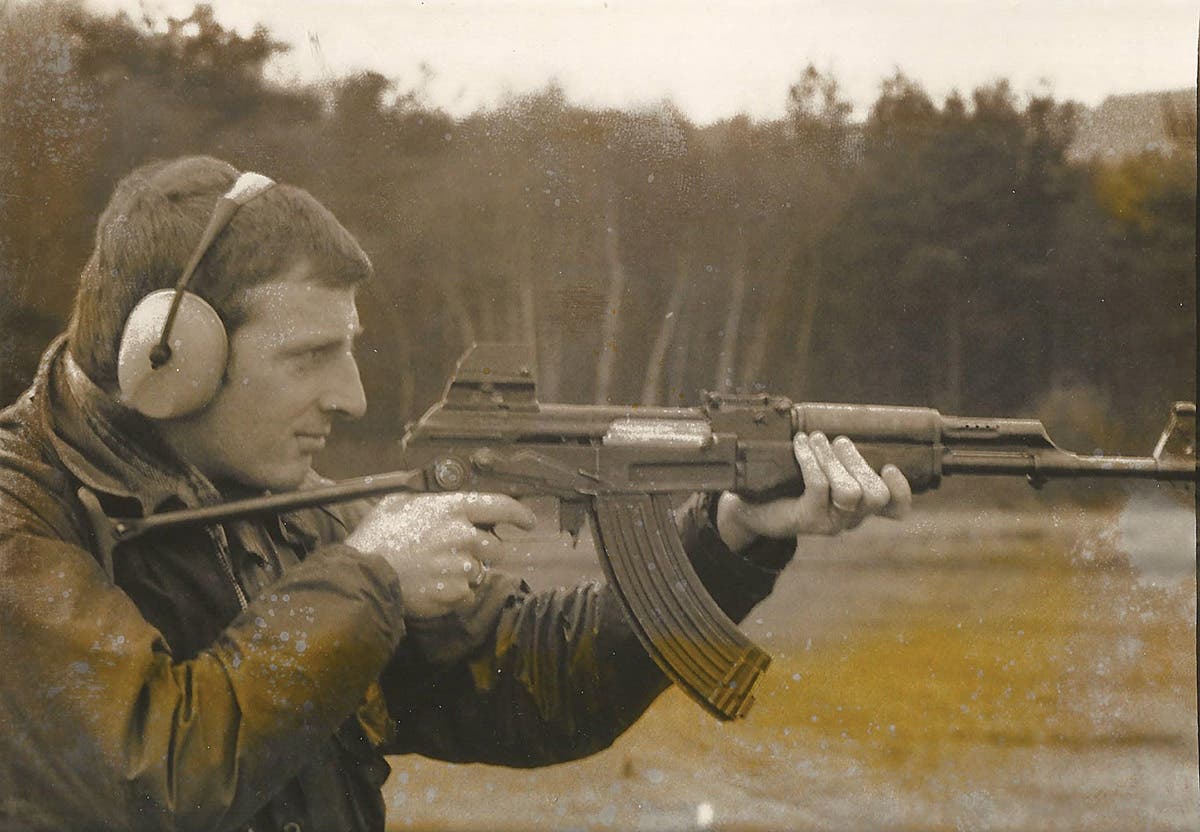Indoctrinating the youth in Nazi Germany
A historical look at schools in Hitler’s Germany and the damage they did.
When Adolf Hitler and the “Nationalsozialistische Deutsche Arbeiterpartei” (NSDAP – Nazi Party) came to power in 1933, a key point of their agenda was to sway the German youth into a lockstep mindset, totally agreeing with the doctrines of the revolutionary, militaristic and racist movement. The new 43-year-old leader was perceived as a young, progressive, untraditional politician, who had often professed in his speeches that the country must rely on its youth to lead the nation into a future greatness. Hitler felt that there was no better time to begin this process of brainwashing the country’s youngest citizens than when they first entered one of the thousands of German schools. For this reason, though the public-school systems were largely left unaltered from the Imperial or Weimar periods, the teachers themselves and the teaching materials they were instructed to use were drastically changed to implant the regime’s ideals into the fertile young minds of all “acceptable” German students.
Children were taught in classes segregated into boys and girls (unless they were in a rural area with very few students). Their education began by attending a “Volksschule” at age 6. Here they were taught the basic skills of reading, writing, biology, history and mathematics. Later they would take a series of tests that would determine if they would go into a trade apprenticeship, or continue on to a higher education at a “Gymnasium”.
With the NSDAP coming to power, public schools were first purged of teachers having Jewish lineage or those being opposed to the policies of the new regime. A law was passed in April, 1933 to avoid “overcrowding”, which restricted the number of “non-Aryan” students of a school to 5 percent of the total current student body, and 1.5 percent of the new enrollees. When the law was first put into effect, Jewish students whose fathers were front-line soldiers in the First World War were excluded from this quota. That would later change as the Nazis pushed for broader systematic antisemitism. Jewish teachers that had been fired from the public schools moved to positions in private schools, omitted at that time from the restrictions imposed at their public counterparts.
The private schools then became overcrowded when in November, 1938, all remaining Jewish students were ousted from public schools, forcing those that wanted to continue into the congested private institutions. These would eventually become so difficult to operate under the Nazi regime that they, too, would eventually close, with their former occupants escaping from Germany, leaving behind most of their families and possessions, or being sent off to labor or death concentration camps.
The “Aryan” majority of children who remained in school over this tumultuous period started each school day by raising their arms in the Nazi salute when the teacher entered the room, under the ever-present gaze of Hitler’s portrait displayed on the classroom wall. Though they were not required to wear school uniforms every day, boys and girls in the Hitler Youth did wear their uniforms to school on Hitler’s birthday or other specified occasions. While in class, students were fed an unending diet of nationalism, racism, antisemitism, militarism, Fuhrer worship and absolute obedience to the state. All this created an overwhelming feeling of inclusion in the “Volksgemeinschaft” (Nazi National Community).
With many teachers suddenly dismissed in the beginning of the purge, others were soon hired, not so much for their instructional abilities and experience, but for their overall commitment to the NSDAP. As such, the quality of education during the Third Reich gradually eroded, with the basics still sufficiently covered, but with greater emphasis put on children being indoctrinated with propaganda, in preparation for military and national service to the New State Order.
These teaching techniques continued from 1933 until 1945, with millions of children run through the educational programs. Many of these, convinced of their Aryan superiority, the necessary conquest of others, and the eventual defense of the German State, would lay down their lives for the ideals that had been entrenched into their basic thoughts. Numerous others would turn a blind eye as Jewish former citizens and those deemed unworthy by the NSDAP regime were imprisoned, treated as sub-humans, and often put to death.
After years of National Socialist sanctioned propaganda for those starting at 6 years of age through young adulthood, many Germans found it difficult to cope when their beloved Fuhrer and Utopian community was crushed under the heels of the Allied conquerors. Only after years of facing the proof of Hitler’s atrocities provided by the Western powers, and experiencing the new-found freedoms given to them as former members of a totalitarian regime, did most Germans finally disavow what they had been taught in schools during the 1930s and ’40s. A few, however, even after almost 80 years, have secretly hung on to the ideas that were entrenched in their minds.
Since Nazi-themed material was outlawed in Germany after the defeat of the Third Reich, school primers and other teaching materials bearing NSDAP symbols were often discarded, burned or otherwise destroyed. Because of this, Third Reich period school books remain relatively difficult to find on today’s open market.
{The author would like to thank Mark Pulaski for sharing his great examples with the collecting community.}
Chris William has been a long-time member of the collecting community, contributor to Military Trader, and author of the book, Third Reich Collectibles: Identification and Price Guide.
"I love to learn new facts about the world wars, and have had the good fortune to know many veterans and collectors over the years."
"Please keep their history alive to pass on to future generations".





